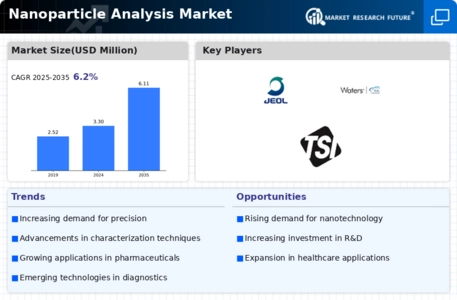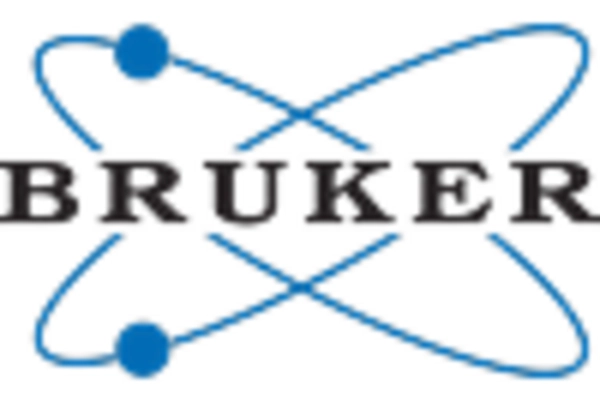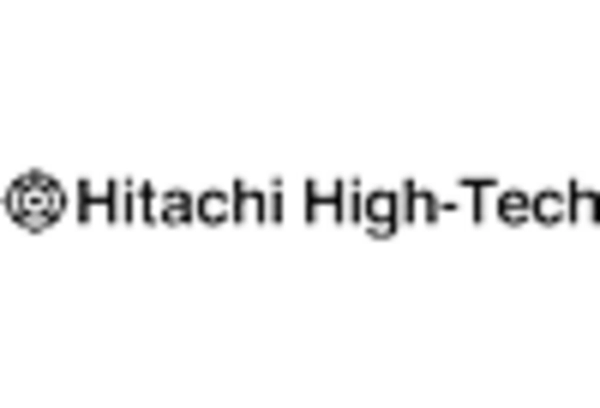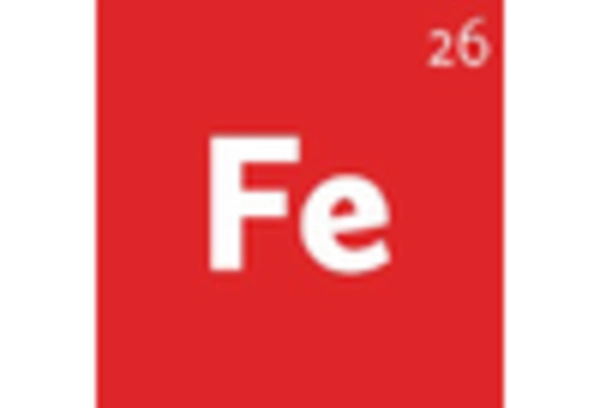The market for nanoparticle analysis will increase as a result of the top companies in the sector continuing to make significant investments in R&D to extend their product lines. Significant market developments include things like contracts, mergers and acquisitions, higher investments, partnerships with other businesses, and the creation of new goods. Market participants also engage in a range of strategic efforts to expand their global reach. The Nanoparticle Analysis Market sector needs to provide fairly priced products and services in order to thrive and grow in a more cutthroat and dynamic market.
One of the main strategies manufacturers use in the worldwide Nanoparticle Analysis Market is local manufacturing, which expands the market sector and helps customers by lowering operating costs. Some of the biggest medical benefits in recent years have come from the Nanoparticle Analysis Market sector. Major players in the Nanoparticle Analysis Market, including Agilent Technologies, Inc., Anton Paar GmbH, Danaher Corporation., Bruker Corporation, Wyatt Technology Corporation, Intertek Group plc, Hitachi, Ltd, Horiba, Ltd, Jeol Ltd., Shimadzu Corporation, TA Instruments, and TSI Incorporated, and others, are attempting to increase market demand by investing in research and development operations.
The company Agilent Technologies Inc. supplies consumables, reagents, and analytical tools for laboratory operations. It also provides related services and software. Scientific research, patient diagnostics, and food, water, and pharmaceutical safety testing are the company's main areas of concentration. Among its product offerings include vacuum technologies, flow cytometry, microarray solutions, mass spectrometry, and others. Contract research firms (CROs), contract production companies (CMOs), chemicals, applied resources, pharmaceuticals, and diagnostics are just a few of the industries to which Agilent provides services. All over the world, the organization runs business structures, research and development offices, planned operations center points, and deals workplaces.
It showcases its items through an organization of wholesalers, affiliates, direct deals specialists, producers' delegates, and web traders.
Analytical and diagnostic products, as well as scientific tools, are designed, produced, and sold by Bruker Corp. Products from Bruker are used by clients in the following areas: applied markets, food, agriculture, surface measurement, CBRNE detection, preclinical imaging, cell biology, clinical research, microbiology, in-vitro diagnostics, nanotechnology, and material science research. The technologies it provides include triple quadrupole mass spectrometry, gas and liquid chromatography, magnetic resonance, microtomography, atomic force microscopy, X-ray, spark-optical emission spectroscopy, stylus and optical metrology, fluorescence optical microscopy, and platforms for infrared and Raman molecular spectroscopy.


















Leave a Comment